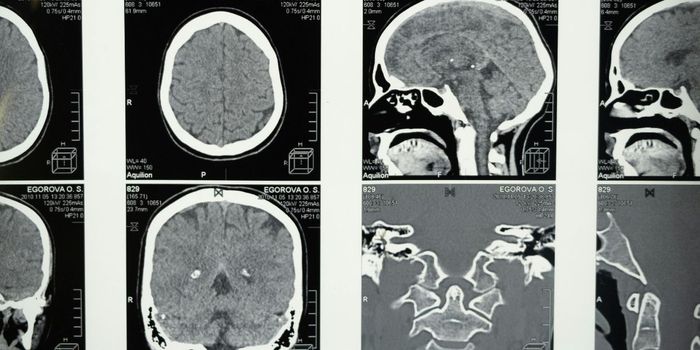When we watch television or use a computer, so much of what goes on in that machine is unseen. Tiny transistors, computer chips and wires all work together to provide an HD picture or a clear video stream of some favorite movie or music video. The brain is much the same. It works to move muscles, send and receive sensory information, form thoughts and regulate all of the body’s functions. But no one can see how that all happens.
What if we could though? What if brain imaging and monitoring could show a clear picture of every neuron and every synapse in real time, as it happened? Perhaps that is the stuff of science fiction but the latest results from the Blue Brain project at the Ecole Polytechnique Federale de Lausanne (EPFL) in Switzerland suggest that it might be possible to see right down to the tiniest inner workings of the brain.
For the last ten years researchers on this project have been investigating rat brains because they are similar to human brains and trying to find a way to break down brain tissue to see how it works. What did they come up with? A digital reconstruction of brain tissue, and it’s the first ever of its kind.
This digital version of the brain is comprised of 31,000 neurons, 55 layers of cells and 207 different neuron subtypes each mapped and connected in way that mimics exactly how the rat's brain works.
How did the researchers on this project get all this data? Years and years of experiments that captured how the neurons worked in the brains of young lab rats. Thousands of pages of documentation on how each synapse worked. From all that data it was possible to put together a digital model based on math, probability and algorithms that could predict how the brain works. Henry Markam, founder of Europe’s Human Brain project which parterned with the EPFL on this project
said in a press release about the recently published study on the digital reconstruction, “We can’t and don’t have to measure everything. The brain is a well-ordered structure, so once you begin to understand the order at the microscopic level, you can start to predict much of the missing data”
The team began by creating a 3D model of neurons from the neocortex of the brain. The model and placement of the neurons were based again on algorithms developed from experiments on juvenile lab rats. Whenever neurons are placed together, there is the chance they will interact and the team was able to track this synaptic interactivity and then feed that information into a supercomputer where different scenarios could be simulated. When certain conditions were manipulated or changed, the outcome would be a different pattern of neuronal activity.
With this much information stored and the variety of algorithms that are available the study authors hope to be able to find new ways to simulate the kind of brain activity that happens in dementia or other neurological disorders. If the brain activity that leads to Alzheimer’s can be simulated, perhaps a treatment to reverse or eliminate it can also be developed.
The research is published in the journal Cell and all of the results of the Blue Brain Project are published online (https://bluebrain.epfl.ch/) Watch the video below to learn more.









